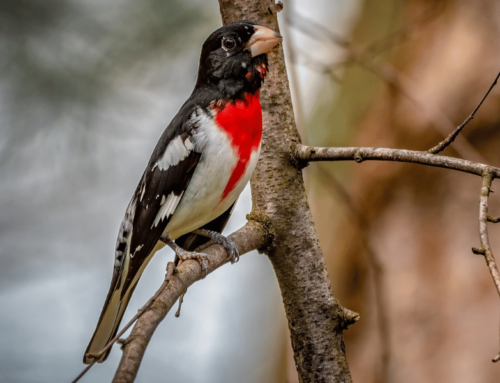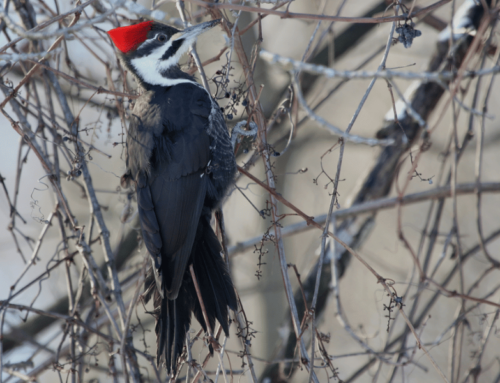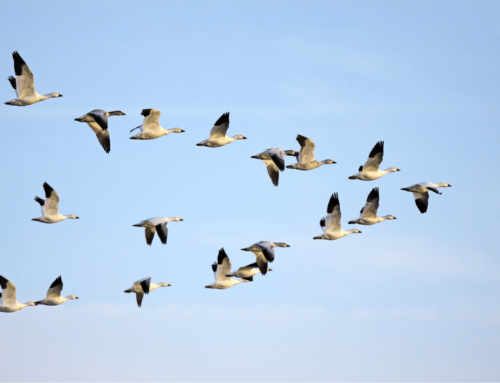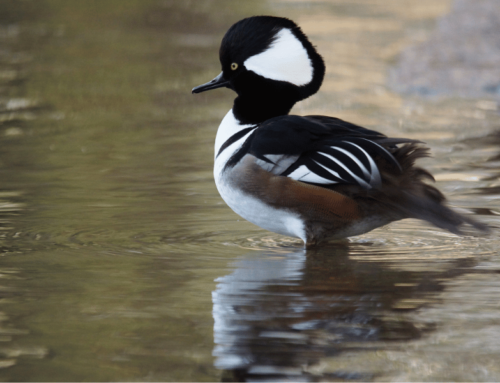The summer is rapidly approaching now. For many states it might as well already be here. For this year, you should keep in mind the following birdwatching tips to increase your encounters this summer.
This post is all about birdwatching tips for Summer 2023.
1. Be prepared to get up earlier
Birds are much more active at sunrise than at other parts of the day. With the summer causing the sun to rise earlier and earlier, it’s a good idea for you to get up early with the sunrise. Many of us are getting up long after dawn. You may not even know when you need to get up, so make sure to check what time to get out. For those of you living further north, this could be much earlier than elsewhere.
On the other hand, you could also see birds at sunset. If you’re not a morning person but still want to birdwatch during high activity hours, go during sunset. This can make birdwatching easier for many, as you can go birdwatching after work. In the winter, the sun can set before you’re off work.
For more of a variety of encounters, try going out at dawn and dusk. Some species are easier to see at before night and others more commonly in the early morning. Going out for both times can help you see a bird that you’ve never encountered before.
2. Don’t underestimate how much water you need
Always bring a little more water than you think you need. It’s dangerous to be out in the middle of nowhere without enough water. Almost every year, someone dies from dehydration because they went out by themselves into the mountains or wilderness without taking enough. Don’t bring so much that it becomes uncomfortable for you to get around. Just bring a little bit more than you think you need.
Also, water can be useful for rinsing off your hands or equipment if you happen to get dirty during your trip. If it’s going to be uncomfortably hot outside, you can put ice in your water to keep it cooler, longer.
3. Birds need water too!
You need more water when outside in the summer. The birds need water as well. This means that finding standing water can help locate birds. Besides the obvious option of going to rivers, lakes and streams, you can find areas where water naturally accumulates. To find these locations, remember that water will flow to low-elevation spots. If you go out after a heavy or even a light rain, these spots are easier to find. Try going to valleys and ravines. Keep in mind that these spots may be obscured by vegetation. This is natural because places where water accumulates helps with heavier plant growth.
Find the water and the thirsty birds will show up.
4. Wear a wide-brimmed hat
During mid-day the sun can feel oppressive on your face. Even if the weather is nice overall, the sun beating down on you can be uncomfortable around mid-day. Getting a wide-brimmed hat will keep the sun off your face and also protect you from harmful UV rays. On that note, a good pair of sunglasses is a good idea as well.
A high-quality hat can only set you back by less than $30, so don’t forget to get yours.
5. Be willing to put in more work
Summer, especially into August, is when you will likely notice a step drop-off in bird activity. This means that if you want good results, you’ll need to put in more work. During migration season, birds are difficult to not notice. They’re almost everywhere. In the summer, many birdwatchers will simply do other things until fall. I think summer birdwatching is still a great activity but you have to be prepared to spend more time looking.
After breeding season in the spring, birds will start to molt. During this time, they are less likely to be active. They are less likely to sing as well, as they no longer look for mates. Looking through the trees and brush, may end up with a sighting of a bird that otherwise wouldn’t have given away its presence.
Birds aren’t completely inactive, of course. If you are willing to be patient, this can lead to sightings and calls. You might miss out on these opportunities if you leave prematurely.

6. Be aware of summer plumage
Lots of bird species look different at different times of the year. This can be due to birds leaving the breeding season and changing into a more natural look for better camouflage. An example of a bird that changes from season to season is the Black-tailed Godwit. Some species can look different enough that they could be mistaken for a different species entirely.
This doesn’t apply to all birds however. There are some birds that keep the same plumage year-round. There are also birds that will change plumage as they transition from adolescence to adulthood. The fastest way to learn is simply going out and researching whenever you see a new bird.
Be aware of this and it will help you identify what bird you’re observing.
7. Try different hotspots
Although it often doesn’t change for many areas, the bird hotspots in your area might change from season to season. In the winter or spring, many bodies of water can be frozen over. These locations wouldn’t be great for birdwatching during other parts of the year, but in the summer the birds will likely return.
Areas with heavier vegetation will prove better birdwatching than more sparsely planted areas. Birds that are molting want to remain hidden. Try spending more time in these types of areas if you are having difficulty finding birds elsewhere.
When you encounter other birdwatchers, try asking them if they’ve seen anything interesting lately. This can help you see birds that you may have otherwise missed.
8. Know which birds you’ll likely see
There are some birds that will only show up in your area in summer. Just like there are some birds who you’ll only see in the winter. I suggest buying a bird guide for your state or country, which will show all the native birds along with their ranges. Before buying the guide, make sure that it shows the bird’s range differences between seasons.
You can also use apps like the Audubon app, which can get you more familiar with the calls and songs of the more common summer birds in your area.
During the summer, birds aren’t migrating. So don’t expect to see any migratory bird species in the summer. Look through your bird guide and find the year-round species and the summer visitors, while skipping the migratory birds.
9. Get a bird-feeder or bird bath
Another option is to get the birds to come to you instead of going to find the birds. You can buy lots of different foods along with different types of feeders for different feeding styles. This in turn can attract different types of birds to your backyard.
Getting a bird bath will attract birds as well, especially with birds that are thirsty during the hottest days of summer. When birds learn about your backyard being a place where they can bathe, drink and eat, these birds will return later on. If you want to go further and get more attention, get some running water in your bird bath. Some bird baths will have this already built in. If not, you can buy a bubbler or dripper. Birds have very good hearing and may discover your bird bath on their hearing alone.
Putting more plants in your backyard, especially trees and flowering plants can help as well.
If birds don’t immediately show up, don’t think that birds won’t show up at all. It may take time for birds to discover your bath and feeders.
10. Do your best not to scare birds away
This applies all year of course, but this is truer in the summer. Since, so many birds are replacing their feathers and not looking for mates and singing less, birds will have an easier time hearing you. This means they are more likely to be scared off from your approach.
The way to make up for this is to try to move more deliberately and slowly. Any way that you can make less noise is better.
An effective way to not scare birds and also help you beat the heat, is to sit in the shade. From here, it’ll be much easier to not scare the birds away. If manage to stay still for long periods of time, birds may land close to or even right next to you. This is even more effective if you’re in the shade next to standing water or potential food sources.
Conclusion:
Despite summer not being the best time of year for birdwatching, this doesn’t mean that you need to hang up your binoculars until migration season starts. There are still many different ways to birdwatch effectively during this time. The most important thing is to get out there when you can. The entire summer is a long time to write-off an activity that you enjoy.





